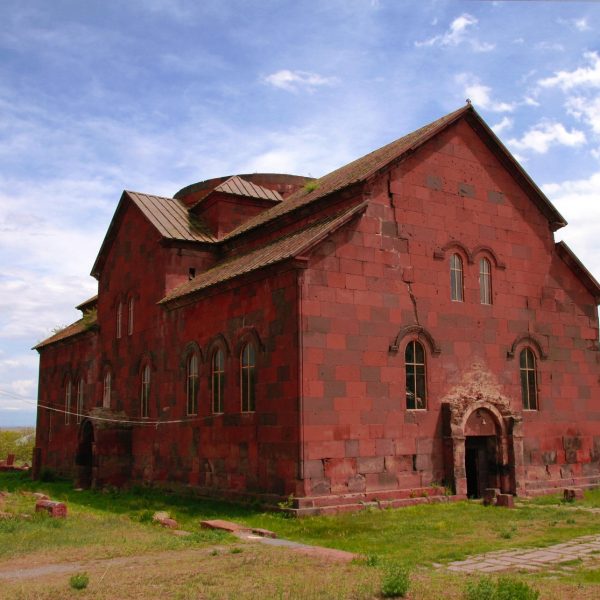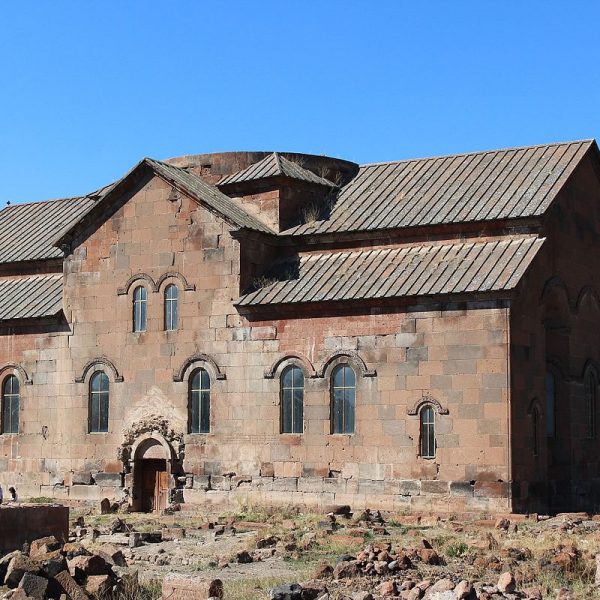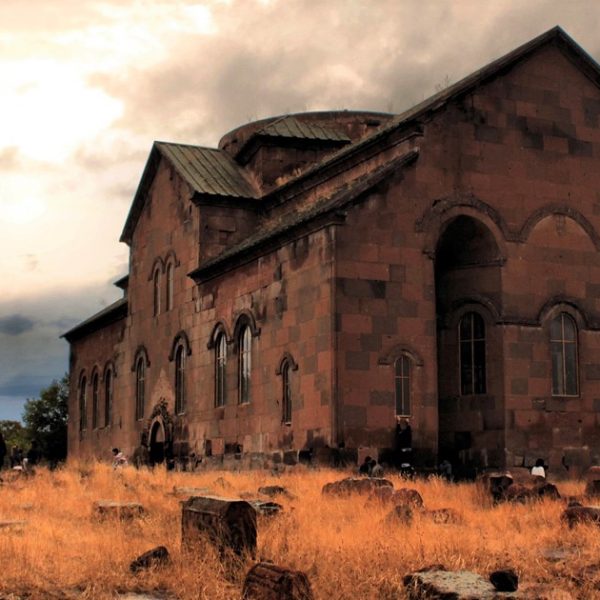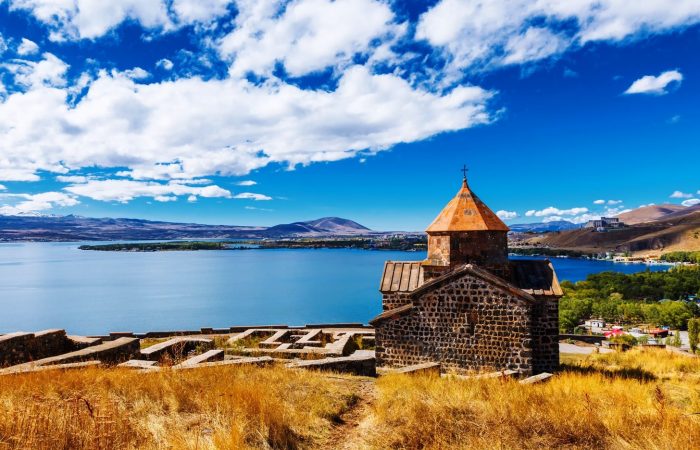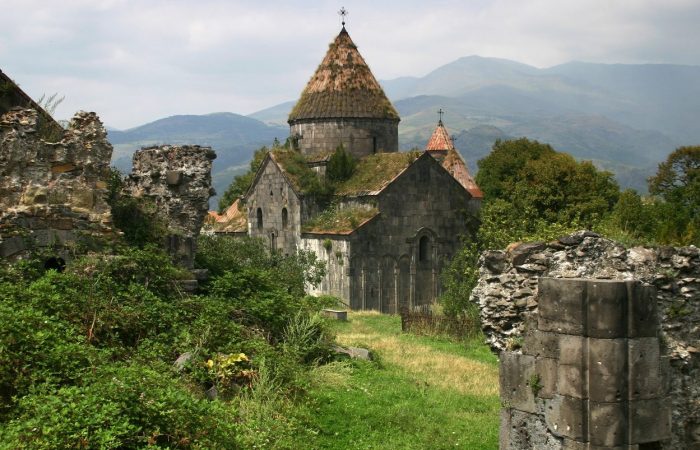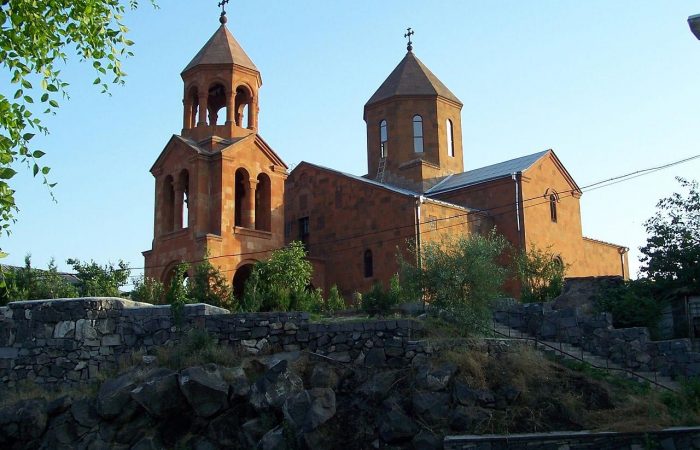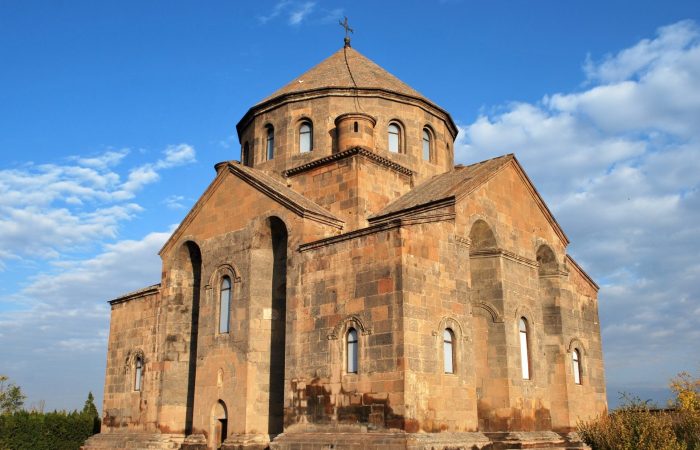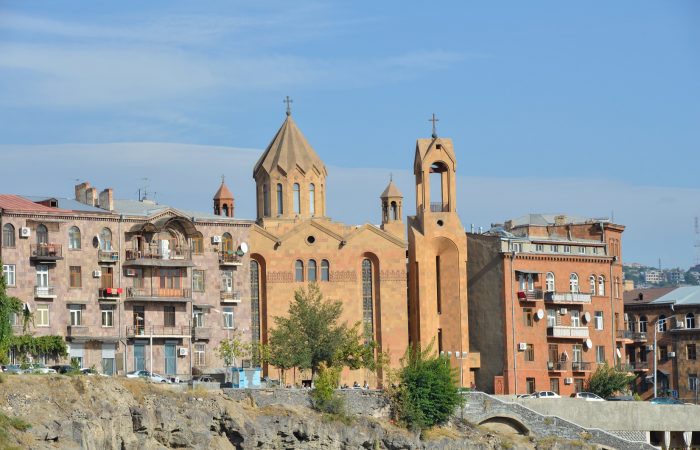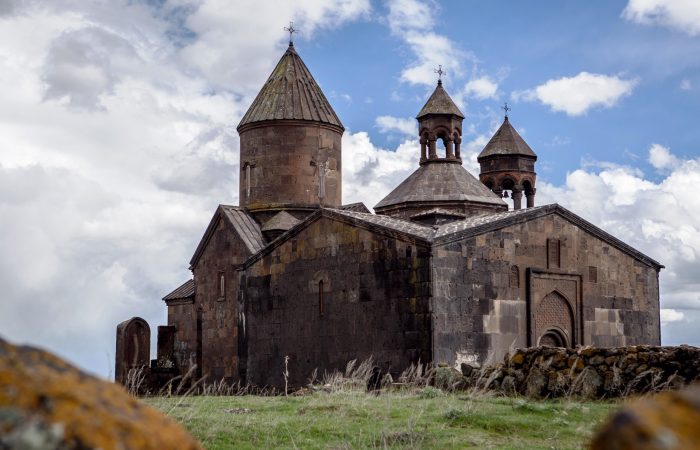Aruch History
The name of the settlement was first mentioned by Armenian historian Yeghishe (5th century). According to him, during the reign of the Arshakuni kings Aruch used to be the winter camp of the royal army. The settlement, however, became popular during the reign of Prince (Hayots Ishkhan) Grigor Mamikonyan (661-685). Then it became the official residence of the princes that were chosen and approved by the Arab caliph.
Historians Movses Khorenatsi and Sebeos state that Mamkinyans come from Mamik and Konak who migrated from China to Armenia in the middle of the third century. The first person who stood out in the family was Vache Mamikonyan (it’s not clear when exactly he was born but he died in 338). The family started prospering in 350, when Vasak Mamikonyan (birth date is not clear; died in 368) was appointed the sparapet (commander-in-chief) of the Armenian forces.
Another outstanding representative of the family was Vardan Mamikonyan, who was the oldest son of Hamazasp Mamikonyan and Princess Sahakanuysh, the daughter of Sahak Partev who was the Catholicos (or Patriarch) of the Armenian Apostolic Church. Vardan Mamikonyan was the commander-in-chief of the Vardanants war, also known as the Battle of Avarayr, which broke out in 451 on May 26 and in which Armenians were fighting against the Sassanid Persians. The Battle of Avarayr was to be the last for Vardan Mamikonyan who heroically died defending the Christian faith.
During the Persian domination Mamikonyans established allied relations with Rome. They used to send most of their sons to serve in the Byzantine army where they reached high ranks. Some of them were even proclaimed emperors (Levon I and Vasil I). Byzantine Regent Teodora and her two brothers, patricians Vardas and Petronas were also descendants of Mamikonyan family.
The dynasty of Mamikonyan’s fell in 772-775 when the great rebellion against Arabs started as well as because of the inner intrigues brought forth by the Bagratuni dynasty.
Aruch Cathedral: Saint Grigor Cathedral
The cathedral is known for both its architecture and frescoes. It is the largest medieval domed hall cathedral among the Armenian churches. According to Armenian historians, it was built during the reign of Armenian Prince Grigor Mamikonyan and Catholicos Anastas Akoretsi. Also, considering the inscription made on the eastern wall as well as relying on the evidence provided by the Armenian historians, a conclusion was drawn that the cathedral was built in between 662-666, and the construction was initiated by Armenian Prince Grigor Mamikonyan.
The cathedral still preserves the magnificent frescoes made in the 7th century. The frescoes feature one main topic – the Ascension of Jesus Christ. Jesus Christ is depicted in the sanctuary all covered with dark blue, while below there is the pedestal with the shrubs of acanthus and an ornamental band. Only part of the 7 meter tall figure of Jesus remains on the ornamented pedestal (like the one in Lmbatavank). Jesus holds a parchment roll in his hand with a verse from the Gospel of John, which reads, “He that has my commandments, and keeps them, he it is that loves me: and he that loves me shall be loved of my Father, and I will love him, and will manifest myself to him.” (John 14:21)
To the right of the fresco of Jesus, a hem of a tunic and a foot, probably belonging to an angel, can be seen. The words on the roll refer to the last days Jesus Christ spent on Earth. With that message He addressed to his disciples, who were depicted on the sanctuary’s sidewalls. Only those frescoes of the apostles remain, which were made in on the northern side – the first five face forward with the Gospel in their hands, the sixth is depicted in profile with his right hand raised as if speaking. The ornamental band made of acanthus shrubs adorns the base of the dome, below which the name of the painter is mentioned, “Stepanos.”
Aruch/Mamikonyan Palace
During the excavations made on the south-eastern part of the cathedral the remains of the Aruch Palace were found. It is identical with the layout of the Catholicos Palace in Dvin but it bears its own peculiarities. The studies concluded that Grigor Mamikonyan ordered to build a palace that would be similar to the Dvin Holy See.
The palace consists of two buildings, the large hall and the column hall. Basically, the column hall made up the palace. The central hall was divided into three aisles by huge columns emulating the layout of Dvin’s Palace. It should be said, that though Aruch Palace has the same width, it still doesn’t have the same length.
As to the palace’s large hall, its structural peculiarities hint at its originally being a church, which was later reconstructed. The results and conclusions of the partial excavations held there in 2006-2007 prove the assumption.
One of two surviving capitals that can be found in the column hall copies the capitals found in Dvin. It is decorated with palm leaves, while the top part is decorated with grape leaves and fruits. The other capital is smaller in size and is similar to the first one with the one difference; its top part is decorated with six-point stars.
The throne is the only preserved one in its type and is placed in the eastern end of the central aisle, and comes with 1.3 x 16 m dimensions. It’s made of tufa.
Aruch Caravansary
Aruch palace is not the only place to see once visiting Aruch cathedral. There is also Aruch Caravansary, which dates back to the 13th century. The medieval roadside guesthouse was located on the road connecting Bagratuni capital Ani and Dvin. The inn was a large building with only one entrance. The entrance was made so large as to allow animals like camels, horses and donkeys that used to carry loads to pass through it. The central hall of the Aruch Caravansary was meant for the animals, while the side halls were for the owners and their servants.

